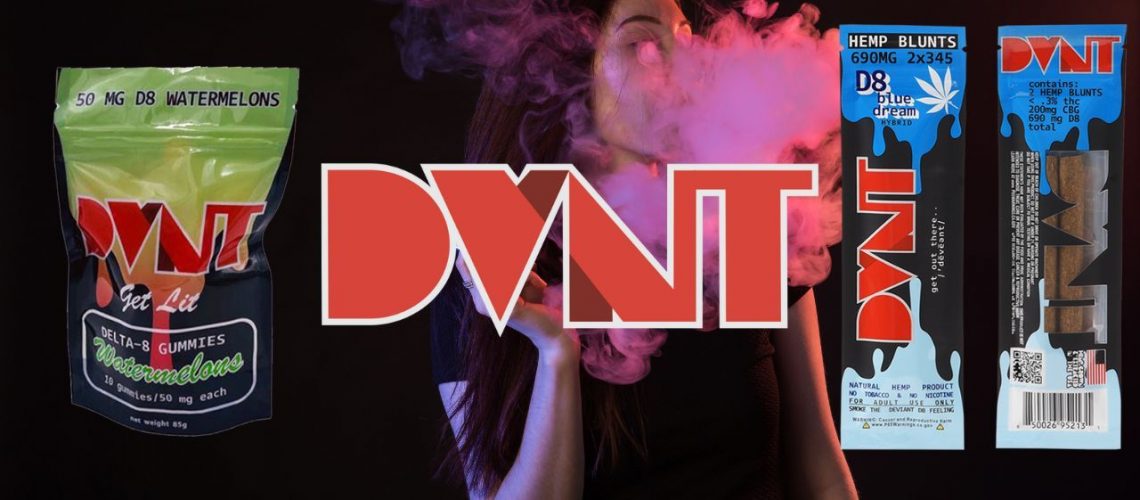CB1 Receptors: The Reason We Get High

Within the past few years, we’ve seen cannabis and hemp develop from a stoner’s hobby to a legitimate industry, backed by science. Gone are the days of receiving some mystery greens in a bag from some guy. Today, there’s a whole slew of vocabulary relating to pot that would have been completely unheard of in previous decades. Indica and sativa are just the tip of the iceberg; we’re discussing terpenes, various cannabinoids, and a whole lot more when it comes to the business of getting high. That being said, do you actually know how this all works? Why do our bodies react the way they do to this plant that we love so much? The answer lies within the endocannabinoid system. Here, I will focus on the CB1 receptors, aka the reason we get high. Keep reading to learn more!
In the meantime, if you’d like some supplies to stimulate your CB1 receptors, be sure to check out our online store! Choose from delta 8, HHC, THCA, and more! We’ve got you covered with edibles, blunts, and prerolls that will have you feeling totally chill in no time.
Cannabinoids
Before we get to the CB1 receptors, let’s start with the basics. You’ve probably heard about cannabinoids by now in either cannabis or hemp. Examples include delta 8, THC, and CBD. But did you know that there’s actually cannabinoids within our own bodies? These cannabinoids bear a striking structural resemblance to the cannabinoids found in cannabis (which were actually discovered first). The cannabinoids found in plants are phytocannabinoids, and those within a body are known as endocannabinoids.
Our endocannabinoids work with our endocannabinoid system in order to regulate various functions within our bodies. So far, only two main endocannabinoids have been identified: anandamide and 2-arachidonoylglycerol (aka 2-AG). Anandamide contributes to the regulation of pain, mood, and appetite. 2-AG helps to coordinate emotion, energy balance, immune system function, and maintain brain health.
Receptors
The endocannabinoid system is made of two groups of receptors: CB1 and CB2. Our endocannabinoids function by attaching to these different receptors. Since the cannabinoids found in cannabis are so structurally similar to our endocannabinoids, they too will interact with these receptors and produce effects.
The CB1 receptors are located in the brain and central nervous system, as well as in a few peripheral organs and tissues. These receptors govern mood, memory, motor function, pain perception, and more. If a cannabinoid, like THC for example, attaches to these receptors, it produces a high.
Different cannabinoids
The way a cannabinoid interacts with our CB1 receptors determines the high we will (or won’t) feel after consuming it. This is why some cannabinoids are considered less potent than others. For example, delta 8 binds to the CB1 receptors less strongly than traditional delta 9 THC. That’s why the high is more mild.
HHC is a hydrogenated form of THC. The extra hydrogen lessens the ability of HHC to bind to our cannabinoid receptors. In terms of potency, HHC is believed to lie somewhere between delta 8 and delta 9.
THCA in its raw, original form contains an extra molecular carboxyl ring which prohibits it from binding to the CB1 receptors. In this form, THCA is not psychoactive. However, when you add heat (from a flame, a vaporizer, or the oven), THCA drops this extra ring and converts to the famously psychoactive THC. THC binds to these receptors securely, which is why we get high. Experiencing this phenomenon is as easy as smoking one of our THCA blunts or prerolls.
The bottom line
The cannabinoids found in cannabis are so structurally similar to those found within our own bodies, that they interact with our endocannabinoid system. This system is responsible for regulating various bodily functions. The ECS is made up of two receptors: CB1 and CB2. The CB1 receptors are primarily located in the brain and central nervous system. When a cannabinoid from hemp or cannabis attaches to these receptors, a high is produced. Some cannabinoids attach to these receptors more securely than others due to their molecular structure. The less secure the attachment, the less potent the cannabinoid.
Here at DVNT, we offer several cannabinoids that will attach to your CB1 receptors! Feel good with our selection of lab tested HHC, delta 8, THCA, and even more!
